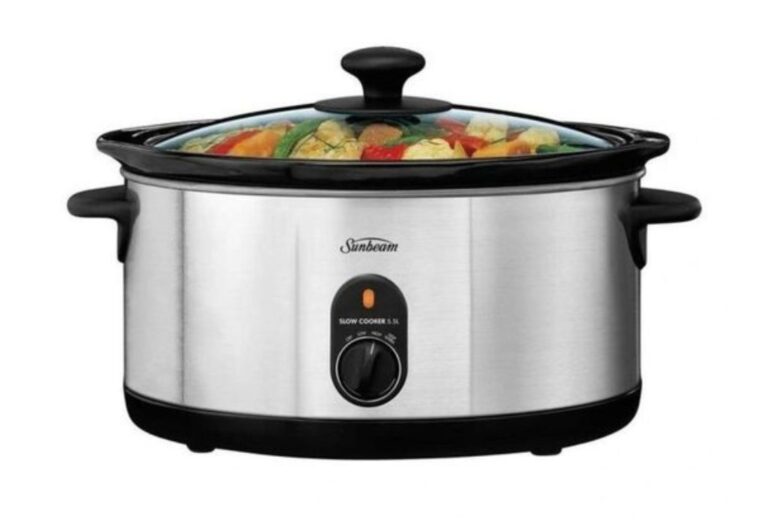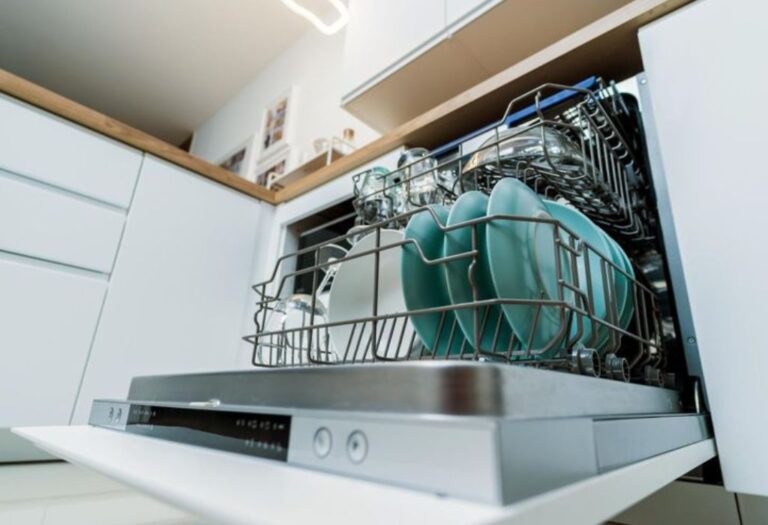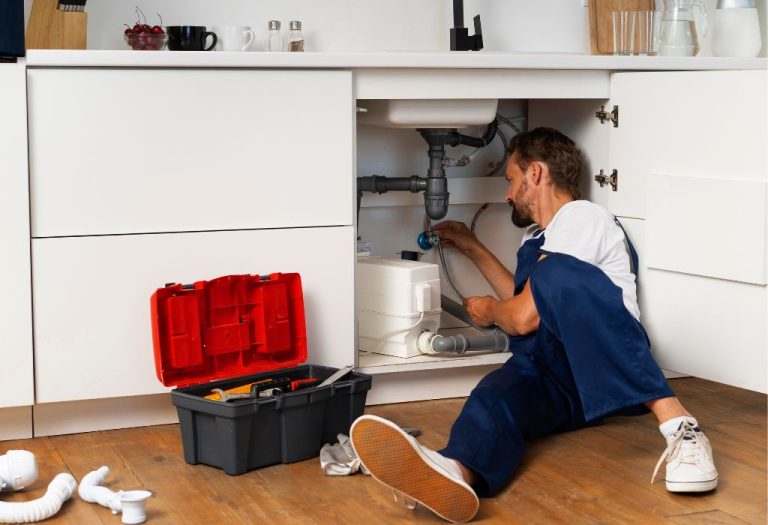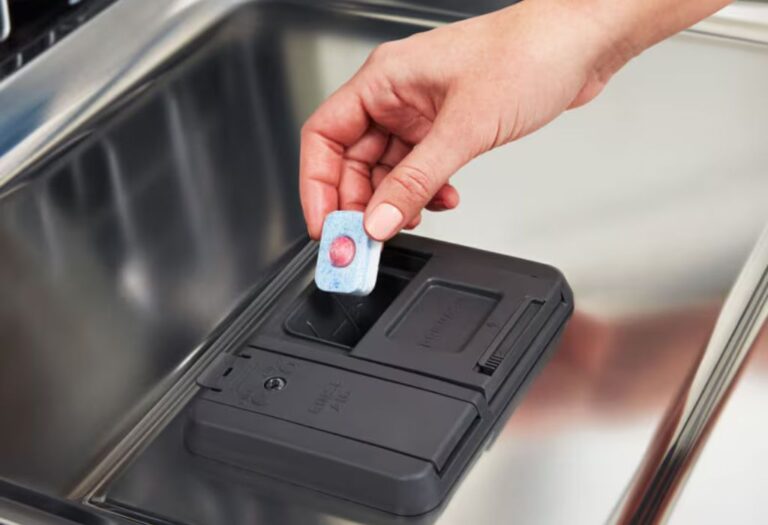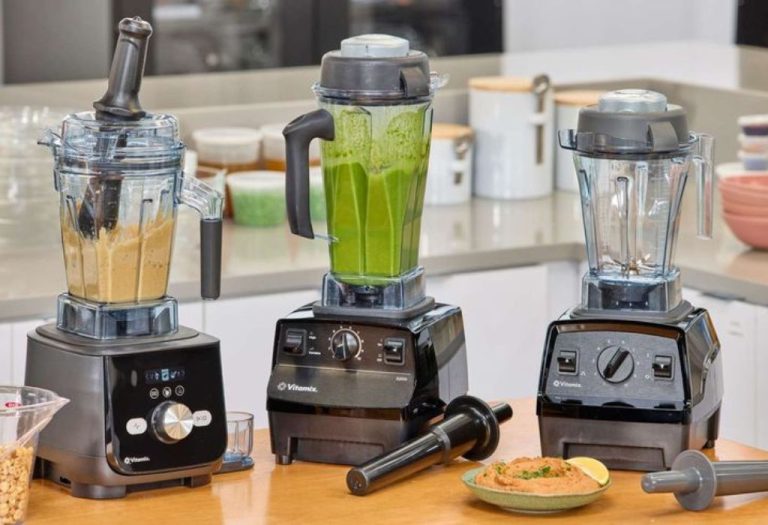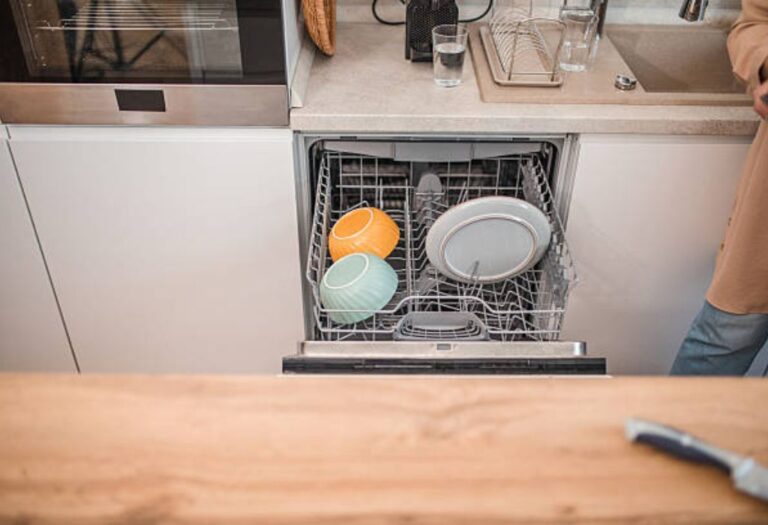A familiar scenario unfolds in kitchens everywhere when a cherished enamel Dutch oven reveals a chip the day before holiday dinner. It raises two pressing concerns—whether the cookware remains safe and how to fix it without replacing it. The answer lies beyond guesswork.
Many home chefs juggle the need to maintain prized pots while avoiding health risks. This blend of worry and curiosity sparks questions: can simple at‑home solutions bring chipped enamel cookware back to life? What is the cost of ignoring minor damage?
The global enameled cookware market was valued at USD 1.50 billion in 2024 and is expected to grow to USD 1.59 billion by 2025, highlighting a steady rise in cookware ownership and the stakes of proper care cookingbites.com+2grandviewresearch.com+2fortunebusinessinsights.com+1. Meanwhile, over 42 million units of cast iron enamel cookware were sold worldwide in 2023, reflecting enduring consumer trust in these durable tools marketreportsworld.com+2en.wikipedia.org+2.
This guide tackles those concerns head-on. It explains what chipped enamel cookware means for safety and performance. It outlines safe repair methods—from FDA-approved epoxies to enamel repair kits. It also shares expert prevention strategies that protect cookware and wallets.
Can You Repair Chipped Enamel Cookware?

Chipped enamel cookware is more than just a cosmetic issue. Beneath the shiny surface, enamel protects the metal from rust and chemical reactions during cooking.
When chips expose the raw cast iron or steel underneath, the cookware can start rusting quickly. In some cases, the exposed areas can even alter how evenly heat spreads across the pan.
Fortunately, minor chips do not always mean retirement for your favorite Dutch oven or skillet. Many repair methods are affordable, food-safe, and surprisingly effective.
However, knowing when to repair versus when to replace is crucial for both safety and cost savings. This section will break down the right situations for DIY fixes and professional help.
Is chipped enamel cookware safe to use?
Small chips on the outside are generally safe if no rust or flaking occurs.
Does chipped enamel affect cooking?
It can cause uneven heating and potential rust if moisture reaches the metal.
Can you fix enamel chips at home?
Yes, with food-safe epoxy or enamel repair kits designed for cookware.
Do manufacturers repair enamel cookware?
Some brands like Le Creuset offer warranties or professional repair services.
How much does professional repair cost?
It can cost as much as replacing the cookware, depending on brand and damage size.
Common Causes of Chipped Enamel Cookware

Chipped enamel cookware often starts with small accidents in the kitchen. Over time, these minor chips can grow larger if the underlying causes are not addressed.
One of the leading reasons is sudden temperature changes. Moving a hot Dutch oven directly into cold water can cause the enamel to contract too quickly, leading to cracks and chips.
Another common cause is the use of metal utensils or abrasive cleaning pads. These can scratch the surface, weakening the enamel coating until it finally breaks away.
Even stacking heavy pots without protective layers can damage the enamel. Over time, this friction and pressure create chips along the edges or corners.
Does heat damage enamel cookware?
Yes, extreme temperature changes weaken enamel and cause cracks or chips.
Can dishwashers damage enamel coating?
Harsh detergents and constant movement can shorten the lifespan of enamel surfaces.
Are older enamel pots more likely to chip?
Yes, enamel coating becomes more brittle with age and frequent use.
Do cheap enamel pots chip faster?
Often yes, because they use thinner coatings and lower-quality materials.
Can improper storage cause chips?
Stacking cookware without protective padding can easily damage enamel surfaces.
DIY Methods to Repair Chipped Enamel Cookware
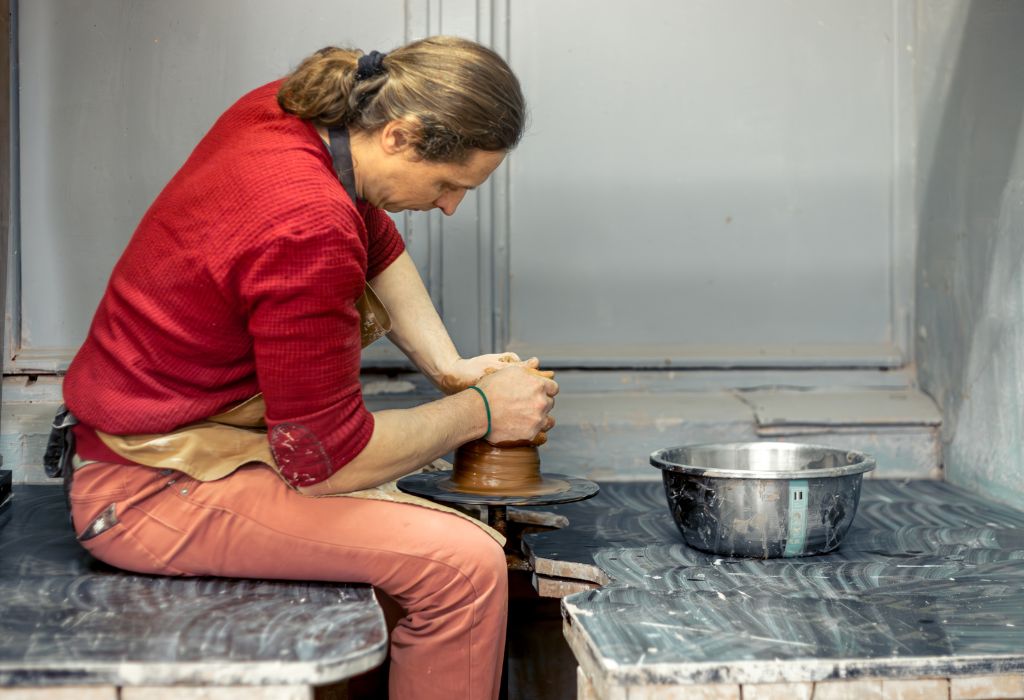
Repairing chipped enamel cookware at home is possible if the damage is small and localized. The goal is to protect the exposed metal from rust while restoring a smooth, safe cooking surface.
Start by cleaning the chipped area thoroughly with warm soapy water and drying it completely. Moisture left under the repair can trap bacteria and shorten the fix’s lifespan.
Next, apply a food-safe epoxy or an enamel repair kit designed for high-heat cookware. These products bond tightly to the metal and resist peeling under normal cooking conditions.
Allow the repair to cure for at least 24 hours before using the cookware again. Most experts recommend waiting even longer for best results.
Finally, treat the cookware gently after repairs. Hand-washing and low-to-medium heat cooking extend the repair’s durability significantly.
What kind of epoxy is food-safe?
Only FDA-approved, heat-resistant epoxy products are safe for cookware repairs.
Do enamel repair kits work well?
Yes, they are effective for small chips and cosmetic fixes when applied correctly.
How long does the repair last?
Repairs can last 6–12 months with proper care and gentle use.
Is repainting cookware safe?
Only if using food-safe, high-temperature enamel paints designed for cookware.
Can you fix large chips yourself?
Large or deep chips usually require professional repair or full replacement.
Professional Repair vs. DIY
Choosing between professional repair and DIY fixes depends on the damage size, cookware value, and safety concerns. Minor chips can often be repaired at home with inexpensive kits, while major damage may need expert attention.
Professional services typically use industrial-grade enamel coatings and high-temperature curing methods. These techniques restore cookware closer to its original strength and appearance.
However, the cost of professional repairs can sometimes equal or exceed the price of a new pot. This is especially true for mid-range cookware without warranty coverage.
For premium brands like Le Creuset or Staub, professional repairs or warranty replacements might be worth considering. These brands often offer quality guarantees and may repair or replace damaged items at reduced costs.
Do repair shops fix enamel cookware?
Yes, some specialized shops and manufacturers provide professional enamel repair services.
Is professional repair expensive?
Yes, costs range from moderate to high, sometimes matching the price of new cookware.
Does warranty cover enamel chips?
Some brands like Le Creuset offer limited lifetime warranties that may cover defects.
Can professionals restore cookware to like-new condition?
Often yes, since they use high-quality materials and industrial curing processes.
Are there risks with DIY repair methods?
Yes, using non–food-safe materials or improper techniques can make cookware unsafe.
How to Prevent Chips in Enamel Cookware
Preventing chips in enamel cookware starts with proper handling in the kitchen. Even small habits can make a big difference in keeping enamel coatings intact for years.
Use wooden, silicone, or nylon utensils instead of metal ones. These materials are gentler on the enamel surface and help prevent scratches that lead to chipping.
When cleaning, avoid abrasive scouring pads and harsh detergents. Warm water, mild soap, and a soft sponge will protect the enamel finish.
For storage, place felt pads or cloth between stacked pots to prevent friction damage. Hanging cookware on a rack also reduces the risk of chipping.
Finally, avoid sudden temperature changes like moving hot cookware into cold water. The enamel layer expands and contracts with temperature, so rapid shifts can crack or chip the surface.
Which utensils are best for enamel cookware?
Wooden, silicone, or nylon utensils are safest to protect the enamel coating.
Can you use enamel cookware on high heat?
Moderate heat is better since very high heat can weaken the enamel layer.
Does seasoning help enamel cookware?
No, enamel surfaces do not require seasoning like cast iron.
Can enamel cookware go in the oven?
Yes, but always check the manufacturer’s temperature limits first.
How to store enamel cookware safely?
Use padding between stacked items or hang them individually to prevent chips.
When to Replace Chipped Enamel Cookware

Even with careful use and repairs, there comes a point when replacing chipped enamel cookware becomes the safer option. Large or deep chips can expose too much metal, leading to rust and potential food contamination.
If the damage affects the inside cooking surface or spreads across multiple areas, repairs may no longer be cost-effective. At this stage, safety and durability outweigh the sentimental value of the cookware.
Rust is another clear sign that replacement might be necessary. Once corrosion sets in, it can weaken the metal and affect both the taste and quality of food.
Sometimes, investing in new cookware with better durability or warranty coverage proves cheaper than repeated repairs. Modern enamel coatings often last longer and resist chipping better than older versions.
Is rust in chipped enamel cookware harmful?
Yes, it can leach into food and affect both safety and flavor.
Can chipped enamel expose toxic materials?
Bare cast iron is safe, but damaged coatings can create health risks if left untreated.
When is replacement cheaper than repair?
When damage is extensive or repair costs match the price of new cookware.
Do newer enamel coatings last longer?
Yes, modern manufacturing has improved enamel strength and durability.
Is warranty replacement better than repair?
Often yes, especially with premium brands offering free or low-cost coverage.
Conclusion
Chipped enamel cookware does not always mean the end of its usefulness. Small chips can often be repaired safely at home with food-safe epoxy or enamel repair kits.
Knowing when to repair versus when to replace protects both your cookware investment and your health. Professional services and brand warranties can also help when damage becomes severe.
Preventing chips in the first place through gentle cleaning, proper storage, and careful handling ensures enamel cookware lasts for many years. Safe cooking practices and the right tools make a significant difference.
By following the methods and tips in this guide, anyone can keep their enamel cookware in top shape and extend its lifespan effectively.
I’m Emma J. Caldwell, the founder, lead writer, and home-cooking enthusiast behind KitchenGuideCo.com. With a background in culinary arts and over a decade of cooking experience in both professional and personal kitchens, I created this platform to demystify recipes, offer smart kitchen gadget reviews, and guide readers through meal prep with confidence and clarity.

